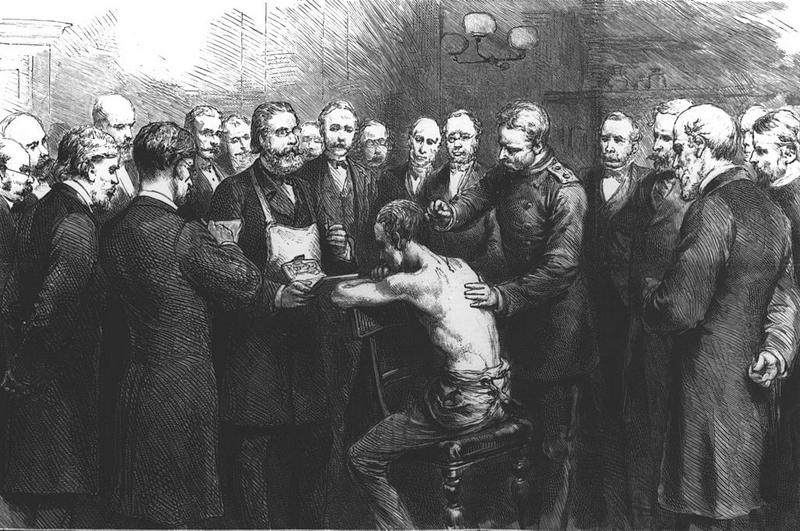No Mercy For Mercy Brown, Rhode Island's Resident Vampire
By | April 25, 2022

You probably associate vampire hysteria with 15th- and 16th-century Europe, but the U.S. had its share of vampire scares back in the witch trials days. The story of Mercy Brown is particularly odd and disturbing, mostly because it occurred so late. It was only a little more than a century ago that New England exhumed its last vampire.
Tuberculosis And Vampires
In the 1880s, the Brown family of Exeter, Rhode Island fell ill one by one with "consumption," the common name for tuberculosis. First, matriarch Mary Brown died in 1884, followed by the family's oldest daughter, 20-year-old Mary Olive, and then 19-year-old Mercy in 1891. In those days, tuberculosis was a much-feared illness, and because people didn't understand how germs spread, it was mired in superstition. Because the highly contagious disease often swept through entire families, some believed it was caused by supernatural forces, specifically a vampire in the family. One believer was George Brown, who was desperate, after watching his wife and daughters die, to suss out the vampire and save his son, Edwin. To that end, George Brown granted the people of Exeter permission to exhume the bodies of his deceased family members.

The Exhumation Of Mercy Brown
Several villagers, accompanied by the town doctor and a reporter from the local newspaper, convened at Chestnut Hill Cemetery on March 17, 1892 to dig up the corpses of Mary, Mary Olive, and Mercy Brown. When they opened the first two coffins, onlookers observed the expected level of decomposition, but the body of Mercy Brown appeared fresh. There was even still liquid blood in her heart. Of course, no one stopped to consider that Mercy’s corpse had been stored in an aboveground crypt in below-freezing temperatures and wasn’t buried until the ground thawed. Instead, they declared that Mercy Brown was a vampire who had brought disease upon her family.
The people of Exeter were well-versed in vampire lore, so they knew just what to do: They removed and burned Mercy's heart and liver, and the ashes were used to make a medicinal tonic for Edwin. (Obviously, the gruesome remedy didn't work, and he died a few months later.) Per tradition, it's likely that Mercy was then beheaded and her head was placed on her chest when her remains were reburied, this time in Exeter’s Baptist Church Cemetery.

The Last Vampire Exhumation In New England
The exhumation and mutilation of Mercy Brown is not the only such incident in New England’s history. Numerous alleged vampire graves have been discovered containing remains that appear to have been exhumed, mutilated, rearranged, and reburied, and there are several accounts that sound similar to the story of Mercy Brown, though the majority of these incidents occurred much earlier, in the late 1600s through the early 1800s. It was unusual for the people of Rhode Island to still cling to vampire legends as late as the 1890s.

